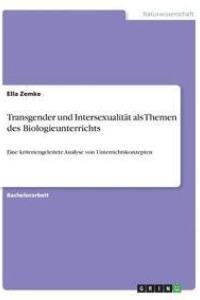
Liknande böcker
Tobacco as Fish Sedative. Effect of Tobacco (Nicotiana Tabacum) Leaf Dust as Sedative for Rohu, Labeo Rohita (Hamilton, 1822) Fingerlings Transport
Bok av Dinesh Rajan
Master's Thesis from the year 2016 in the subject Biology - Miscellaneous, grade: 8.45 / 10, , course: Master of Fisheries Science (Aquaculture), language: English, abstract: The current study was undertaken to investigate the effectiveness of tobacco leaf dust as a sedative for the transport of rohu (Labeo rohita) fingerlings. The experiment of sedative efficacy and simulated transportation was conducted for 12 h in glass tanks (30 L capacity) and plastic bags (75 45 cm), respectively with different concentrations of tobacco leaf dust such as 0, 25, 50, 75, 100 and 125 mg L-1 among which 0 mg L-1 was used as control. The fingerlings (6.45 ± 0.68 cm and 3.29 ± 0.52 g) were stocked at a stocking density of 10 fishes/tank and 30 fishes/plastic bag in triplicates. The induction and recovery times observed in anaesthetic bath significantly got decreased and increased with increase in the concentrations of tobacco leaf dust. The lowest effective dose of tobacco that produced induction (= 15 min, preferably = 3 min) and recovery (=5 min) was 25 mg L-1. The tobacco leaf dust is effective in inducing light sedation in rohu at a concentration of 25 mg L-1. The mortality rate (%) of fingerlings during transportation was significantly higher in the control (without sedative) than the sedative doses of tobacco. Poor water quality was noticed in control group with a significant decrease in pH, DO and nitrate and a significant increase in temperature, CO2, total alkalinity, ammonia, nitrite, and phosphate. Serious changes were found in haemogram and leukogram of fingerlings in control group with a significant decrease in RBC, Hb, Hct, MCV, MCH, WBC, lymphocytes, and thrombocytes while a significant increase in MCHC, monocytes, neutrophils, eosinophils and basophils. Therefore, the present study indicates that L.rohita fingerlings can be successfully transported for up to 12 h using 25 mg L-1 tobacco leaf dust without any water quality deterioration in transport bags and haematologic alterations of fishes.







